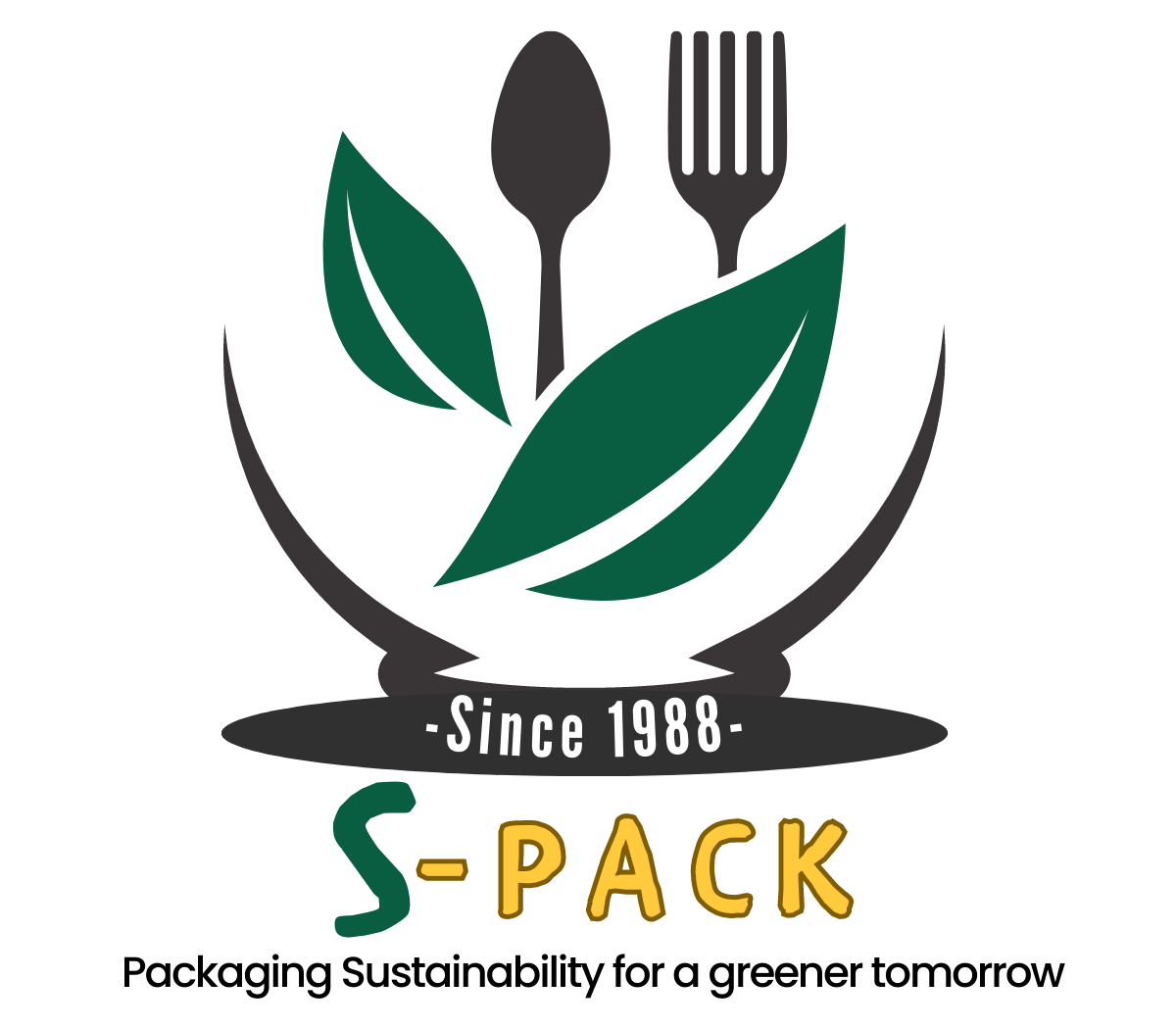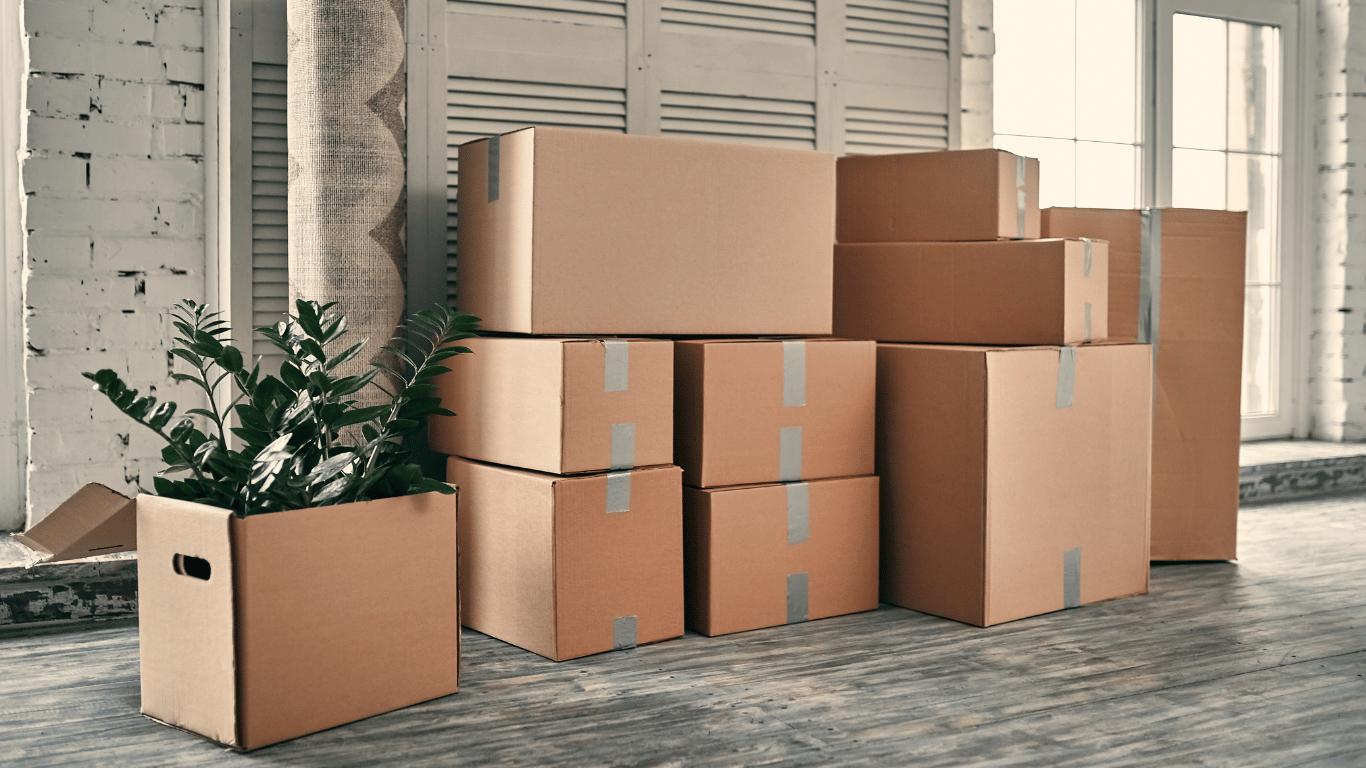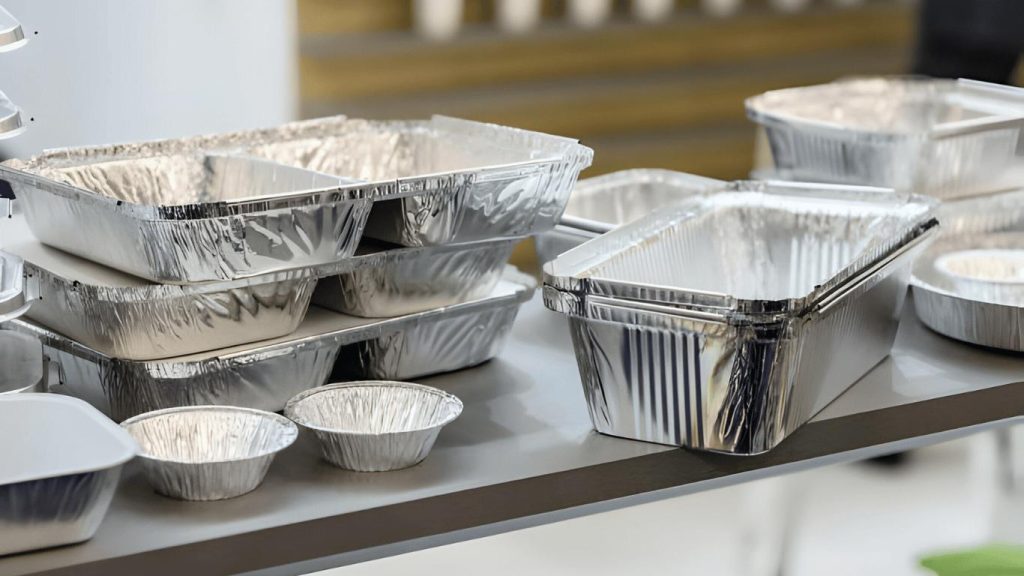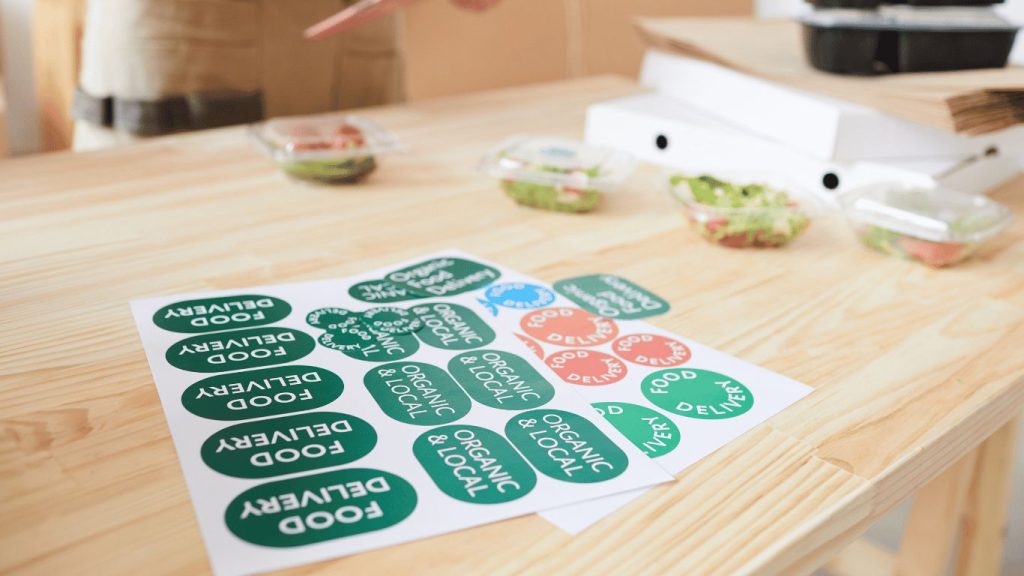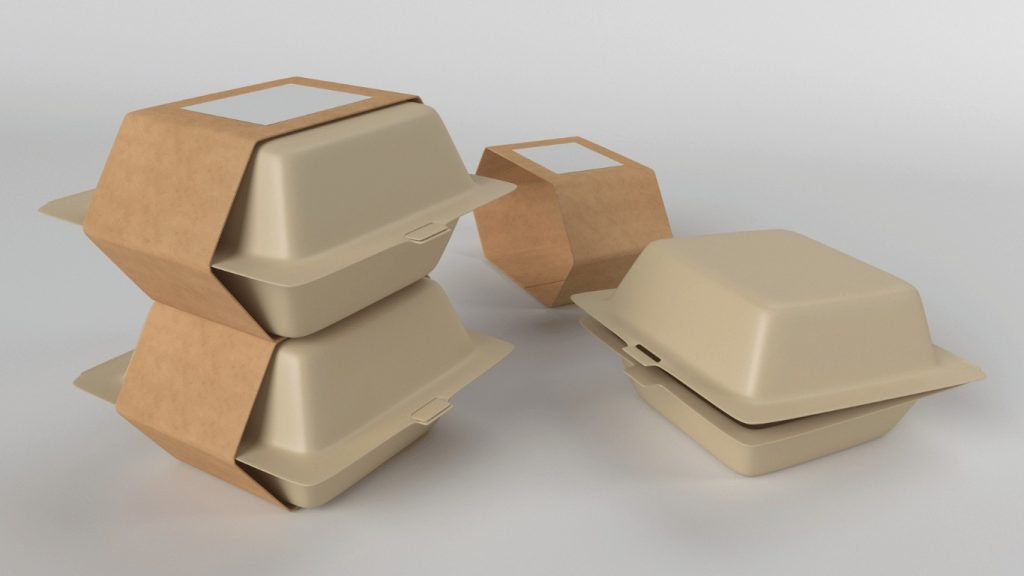Cardboard, the basic workhorse for the manufacturing industry, is available in an array of designs. Each one has unique characteristics which make it perfect for particular applications. Knowing the differences is essential for companies to select one of the best appropriate and economical cardboard for their packaging requirements. This comprehensive guide will benefit you to understand the eight major kinds of cardboard that are widely used in the business and their distinct characteristics, advantages, characteristics, and most common applications.
1. Corrugated Cardboard: The King of Protection
Corrugated cardboard, also referred to as corrugated fiberboard is the most commonly used kind of cardboard used in packaging. It is made up of many lines of linerboard (flat papers) which are glued together using an inner medium that has been fluted. The flutes, made of paperboard with a wavy-shaped profile create air pockets that help in providing great cushioning and protection for the packaged goods.
Types of Flutes:
- A Flute (4.76 mm thick): The most thick flute, providing the greatest protection for fragile or heavy objects.
- B Flute (3.18 mm thick): The most well-known flute, accurate suited for light to medium-weight items in mailing packages and boxes for retail.
- C Flute (3.58 mm thick): It is a great balance of weight and strength, commonly employed in shipping boxes as well as bulk packing.
- E Flute (1.59 mm thick): The tiniest flute appropriate in light-weight items needing minimum protection, such as cereal boxes.
Benefits:
- High-quality protection from vibrations, bumps and crushing.
- It is light and economical when compared to alternative solid wood products.
- Highly customizable in terms as well as flute type as well as linerboard’s strength.
- Recyclable and environmentally friendly.
Common Uses:
- Shipping boxes to ship a diverse assortment of goods.
- Online retailers can use E-commerce packaging to sell their products.
- Display boxes and packaging at retail shops.
- Protective packaging for appliances, furniture, and electronic devices.
2. Single-Face Cardboard: A Lightweight Option
Single-face cardboard is a less complicated variant of the corrugated board. It is made up of a single linerboard layer that is glued to a medium that is fluted. Although it is less secure than corrugated alternatives It is also a lighter and cost-effective solution for certain packaging requirements.
Benefits:
- An affordable opportunity for those situations where minimal security is enough.
- Easy to move and light weight It is ideal to stack and store.
- It provides a smooth surface for branding and printing.
Common Uses:
- Backing notepads and calendars for notepads.
- Protection layers inside the packaging to protect fragile objects.
- Box inserts and Dividers.
- Packaging and presentation folders are ideal for light products.
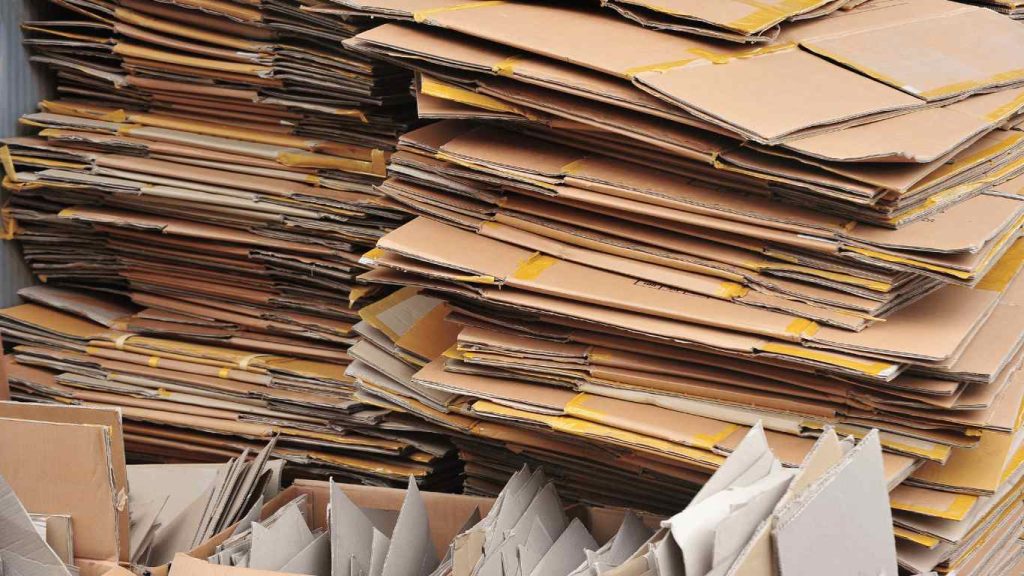
3. Single-Wall Corrugated Cardboard: The Standard Choice
Single-wall corrugated cardboard is the most popular kind of corrugated card. It has one fluted medium that is sandwiched between two linerboards that are flat. This type of construction provides a perfect balance of strength, weight and cost-effectiveness, which makes this product appropriate for a broad range of packaging needs.
Benefits:
- It provides excellent protection for the majority of common household items.
- Flexible and adaptable to a variety of dimensions and shapes of boxes.
- Cost-effective and widely available.
Common Uses:
- Mailing boxes to be used for e-commerce as well as shipping of products.
- Shipping boxes for household items and clothing.
- Retail packaging for a range of items.
4. Double-Wall Corrugated Cardboard: Enhanced Protection
Double-wall corrugated cardboard is a way to take protection to a new level. It is made up of two mediums that are separated by a linerboard central making a more robust and more solid structure. This kind of card is suitable for heavy fragile or expensive products that require superior protection when shipping.
Benefits:
- Provides outstanding stacking strength and resistance to crushing.
- Protects your fragile or heavy items.
- It is able to withstand long-distance shipping as well as rough handling.
Common Uses:
- Shipping boxes for electronics, appliances and furniture.
- packaging for machinery used in industry and spare parts.
- Containers to protect artwork and important items.
5. Triple-Wall Corrugated Cardboard: The Ultimate Shield
To favor the highest degree of protection, triple-wall corrugated cardboard is the excellent choice. This sturdy feature has three fluted mediums encased in four linerboards, resulting in an extremely durable and resistant to impact structure.
Benefits:
- It provides unbeatable protection for delicate or heavy items.
- Perfect for long-distance shipping and tough transport conditions.
- You can customize it with a heavy-duty linerboard to give stronger durability.
Common Uses:
- Shipping containers for industrial equipment and automobile parts.
- Military and Defense applications.
- High-value or fragile items.
- Automotive parts packaging.
6. Honeycomb Cardboard: Lightweight and Sustainable
Honeycomb board, which is also referred to by the name of Kraft honeycomb boards, provides an alternative to corrugated board as a traditional. It is made of recycled paper created to form a hexagonal honeycomb design like honeycombs, or beehives. This design offers remarkable durability and strength yet is light and environmentally friendly.
Benefits:
- Cost-effective and light weight, which makes it the ideal choice for projects where weight is a major concern.
- High energy absorption capabilities and a great protection for fragile objects.
- Sustainable feature created with recycled newspaper material.
- It has good thermal insulation properties.
Common Uses:
- Packaging for electronics and furniture.
- Display stands and signs.
- Protective inserts and dividers are included in packaging.
- Applications for architectural design and the core material to make composite panels.
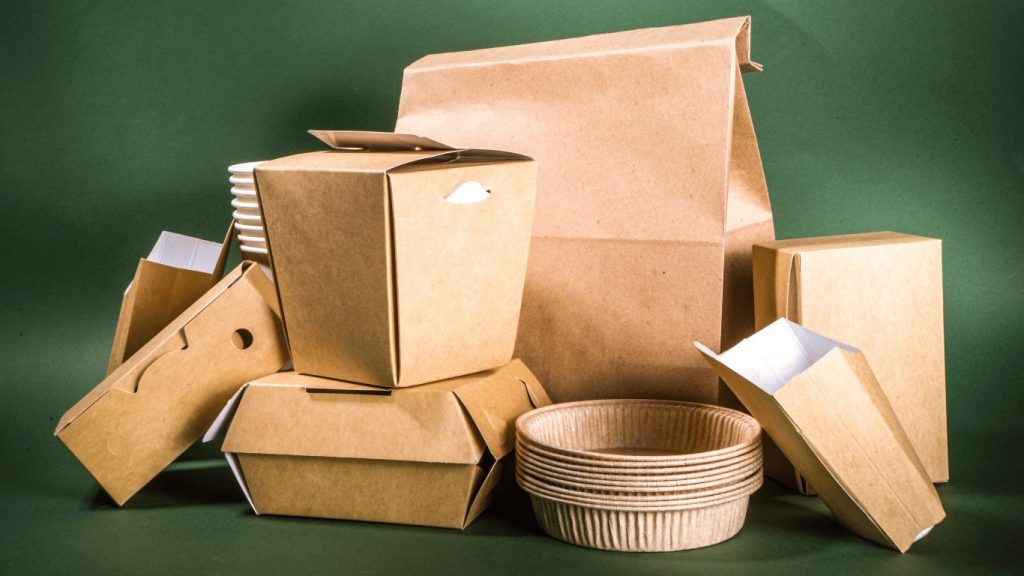
7. Paperboard: The Smooth and Printable Option
Paperboard, also referred to by its name solid card, is a strong paper-based product without the fluted core inside. It has a smooth, printed surface, which makes it ideal for use in applications which are focused on branding and aesthetics.
Types of Paperboard:
- Folding Carton Board (FBB): The board is thin and flexible, it is commonly used to make cereal boxes and packaging for products.
- Chipboard: The chipboard is more rigid and thinner commonly used to make book covers and game boards.
- Cardboard Boxboard: Heavy-duty cardboard that is ideal for rigid boxes as well as presentation packaging.
Benefits:
- It provides a smooth and high-quality surface for branding and printing.
- Available in a variety of thicknesses, and finishes that can be tailored to particular requirements.
- The material can be coated or laminated to provide added appearance and durability.
- Recyclable and sustainable.
Common Uses:
- Food containers that fold for pharmaceutical and cosmetics.
- Boxes that are rigid for expensive items such as jewellery, electronics, and watches.
- Games boards, games or book pages.
- Packaging and presentation folders for products of high-end quality.
Read also: Choosing the Perfect Disposable Bowl: A Complete Guide
8. Matboard: The Art of Presentation
Matboard is a specific type of paperboard used in the framing and art industry. It is constructed from premium paper pulp that is compressed to form a strong as well as acid-free surface. Matboard shields artwork from damage by environmental elements and improves the aesthetics of artworks framed.
Benefits:
- Sturdy and rigid, it provides an excellent foundation for artwork.
- Acid-free to avoid damage to delicate artworks as they age.
- Available in a variety of colors and textures to match artwork.
- Cut to sizes that are custom-designed for framing purposes.
Common Uses:
- Picture framing to frame artwork, photos and certificates.
- Display boards to display exhibits.
- Backing artwork and photography.
- Conservation and art restoration applications.
Choosing the Right Cardboard for Your Needs
The ideal and appropriate carton for the packaging you want to use is dependent on many factors, such as:
- Product weight and fragility: Heavy or more fragile products require sturdy cardboard, such as triple-wall or double-wall options.
- Stacking requirements: In situations that require different stacks of boxes take into consideration the strength of stacking cardboard, like double-wall for heavier load.
- Protection needed: The amount of protection required to protect your item will decide the best style of flute (thicker flutes to favor more protection) and the amount of walls that are in the cardboard corrugated.
- Sustainability goals: If environmental sustainability is important to you, think about honeycomb paperboard or other materials with an abundance of recycled material.
- Cost considerations: While stronger options give better security, they can be more costly. Make sure you balance your needs with budgetary limitations.
- Aesthetics and branding: The paperboard provides a smooth surface that prints high-quality images to improve the image of your brand.
If you are aware of the various types of cardboard and their characteristics You can make informed choices to warrant that your products are safe, secure and properly represented during transport and storage. Be aware that cardboard is an adaptable and durable product that is able to be modified to meet a broad array of needs.
